 |
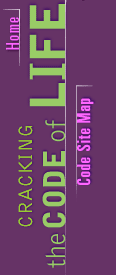 |
Sequence for Yourself
Part II: Cloning
previous |
next
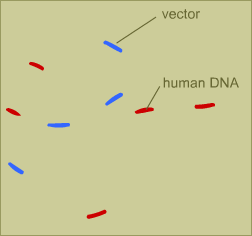 Mix Human Fragments to Vectors
Mix Human Fragments to Vectors
To clone DNA, we isolate the fragments from one another, then make many
copies, or clones, of each one of the fragments. This work is most often done
in bacterial host cells.
We have mixed our DNA fragments with cloning vectors. (A vector is a short
piece of DNA that is capable of replicating on its own when inside a cell.)
Vectors are usually circular, but these have been cut open by a restriction
enzyme.
 Fragments and Vectors Combine
Fragments and Vectors Combine
With the help of a DNA ligase, which is an enzyme that helps to connect pieces
of DNA, the human DNA fragments and the DNA of the vectors combine.
The vectors have become circular again.
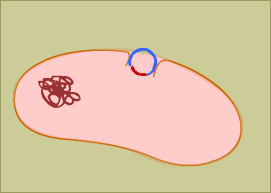 Vectors Shocked Into Bacteria
Vectors Shocked Into Bacteria
Next, we bring together the vectors and bacteria cells and expose the mixture
to a brief electrical shock. The shock forces some of the vectors into the
cells of the bacteria.
If a cell takes in more than one vector (they almost never do), that cell will
not go on to replicate.
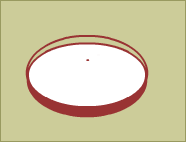 Let Cells Multiply
Let Cells Multiply
The cells are spread out thinly on a growth medium and allowed to multiply. The
cells are far enough away from one another to establish their own distinct
colonies.
As the cells multiply and duplicate their own chromosomes, they duplicate the
vectors as well. Each bacterial daughter cell ends up with a copy of the
vector, which includes the human DNA fragment. Each colony on the plate will
contain copies of a different piece of cloned DNA.
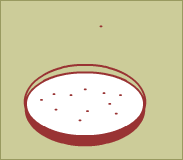 Pick a Colony
Pick a Colony
When a colony has grown to about the size of a period in a book, it will
contain a million cells. At this point we place the colony in a liquid culture,
where it multiplies further.
Soon there are billions of copies of the original cell. Each cell contains a
copy of the vector and within that vector the original human DNA
fragment.
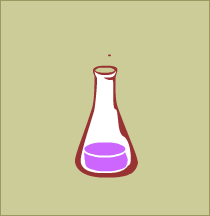 Recover Cloned DNA
Recover Cloned DNA
We then expose all of the cells to a detergent, which ruptures the cells'
walls, and to sodium hydroxide, which causes the bacteria's chromosomes to
deteriorate and fall away from the vectors.
The circular vectors are affected by this treatment, too, but they quickly
recover.
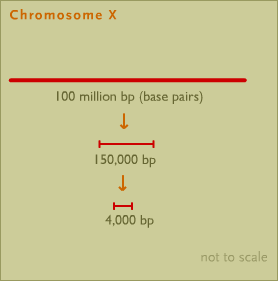 Repeat
Repeat
So we now have billions of copies of human DNA (still attached to the vector),
all derived from a single DNA fragment.
Each copy of this human DNA is 150,000 base pairs long, which is still too long
for determining the sequence of its code. To get a batch of smaller fragments,
we repeat the entire process just described. We end up with billions of copies
of a fragment 2,000 to 4,000 base pairs long.
Continue: Part III: Preparing DNA for Detection
Watch the Program Here |
Our Genetic Future (A Survey)
Manipulating Genes: How Much is Too Much? |
Understanding Heredity
Explore a Stretch of Code |
Nature vs Nurture Revisited
Sequence for Yourself |
Journey into DNA |
Meet the Decoders
Resources |
Update to Program |
Teacher's Guide |
Transcript
Site Map |
Cracking the Code of Life Home
Editor's Picks |
Previous Sites |
Join Us/E-mail |
TV/Web Schedule |
About NOVA
Watch NOVAs online |
Teachers |
Site Map |
Shop |
Search |
To Print
PBS Online |
NOVA Online |
WGBH
© | Updated April 2001
|
|
|